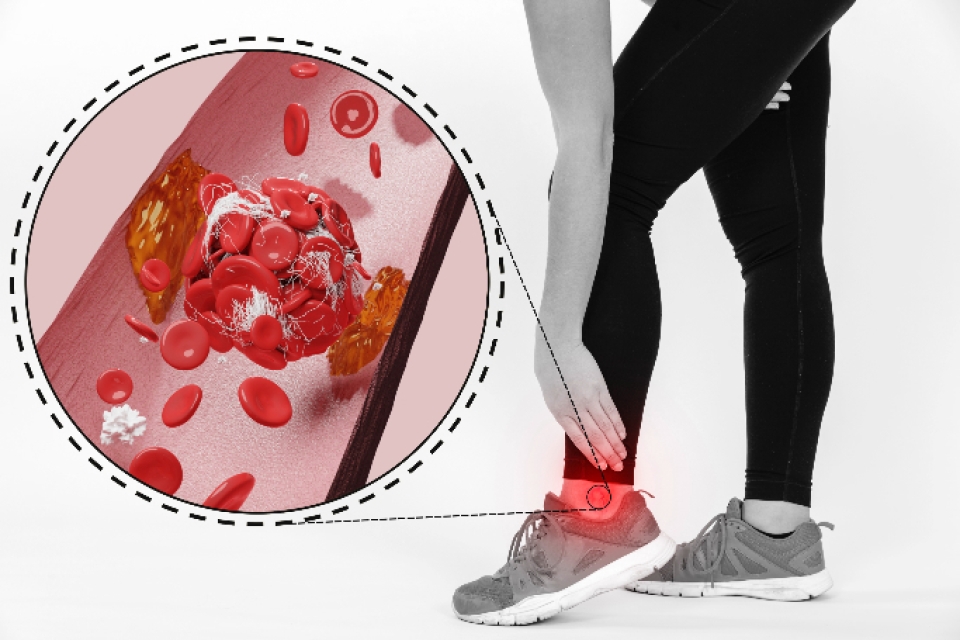When I go to the doctor and read the medication leaflet, I always come across the same word: 'Inflammation.'
'The cause of the pain in your knee is inflammation. You strained your shoulder, there's inflammation. You need to use anti-inflammatory medication. We need to prevent inflammation. The cause of your pain is the inflammation that occurred...' What does this inflammation mean?
I had a splinter in my hand, and there was inflammation there. But nothing got stuck in my knee. Why is there inflammation? I had an abscess in my tooth, used antibiotics, and there was inflammation there too. Yes, it's a very confusing term. Even when I was in medical school, I couldn't understand what inflammation and swelling were for years.
Let me briefly explain what inflammation is. Then, think about the difference between inflammation and pus. Let's see if your understanding will take years, just like mine did.
Now, imagine an incident. You hit your arm on something. The place you hit swells, turns red. But there's no bleeding, the skin on top is intact, no wounds. Just swelling and redness. Now, if someone touches that red swollen area, it hurts a lot. However, you didn't feel any pain when you touched it before hitting it. Why does it hurt now? Because when you hit there, some substances from the blood vessels and tissues under the skin (cells that are crushed and damaged) were released, which are normally not present there. These substances made the surrounding nerves sensitive. In other words, the pain nerves that didn't transmit pain until then, the ones dormant during sleep, suddenly became active with these substances. Also, the blood vessels and tissues under the skin where you hit swelled due to the impact. The tiny vessels there started to expand. They started to release the colorless serum part of the blood outside the vessel. This caused swelling in that area. In other words, it caused edema. Also, during this time, as the tiny vessels expanded, the skin color, which seemed normal until then, started turning red because it got warmer due to the increased blood flow and the increased temperature. This is how the release of stimulating substances from outside the vessels or from damaged cells causes inflammation.
This doesn't only happen after a collision. It manifests itself as regional sensitivity after any trauma. For example, after surgery, it occurs around the incision until the wound heals. Or, after strains on the muscles, damage to the cells in that muscle, or after years of strain on your knee, resulting in damage to the cartilage, these substances are released, and inflammation occurs. This leads to pain, sometimes swelling, redness, and increased temperature in that area.
So what is pus? It's a bit different. In inflamed tissue, as you know, there is a yellowish, whitish liquid. Sometimes it has a smell. The reason for this liquid is usually the involvement of a microbe. Here, to protect the body from the microbe, white blood cells and similar substances exit the blood vessels into the tissue to combat the microbes. That's why there is yellowish pus in inflammation. There is sensitivity here too. The activation of pain nerves becomes easier here too. As a result, inflammation occurs here too, but inflammation does not occur only due to microbes."

 EN
EN 

